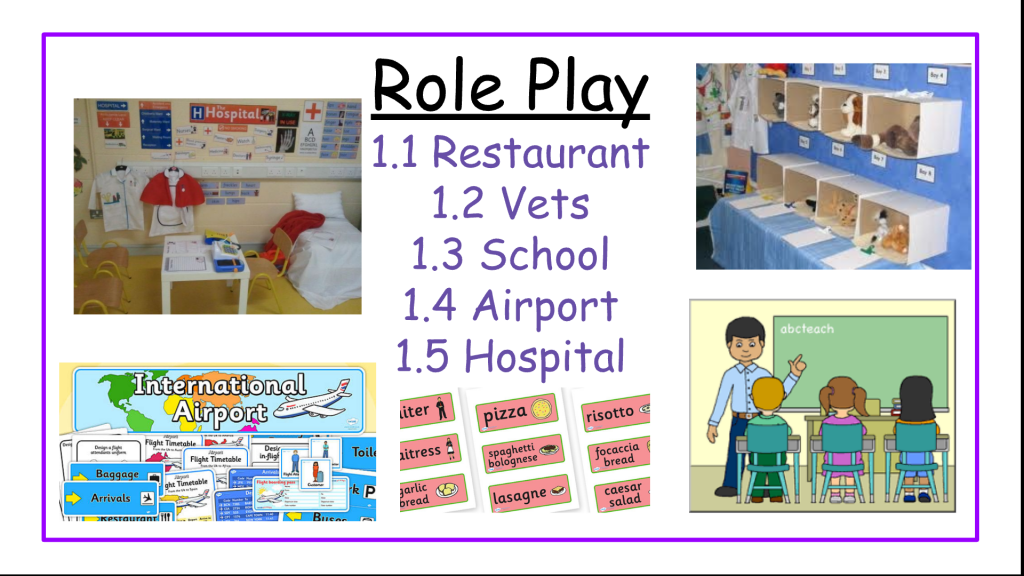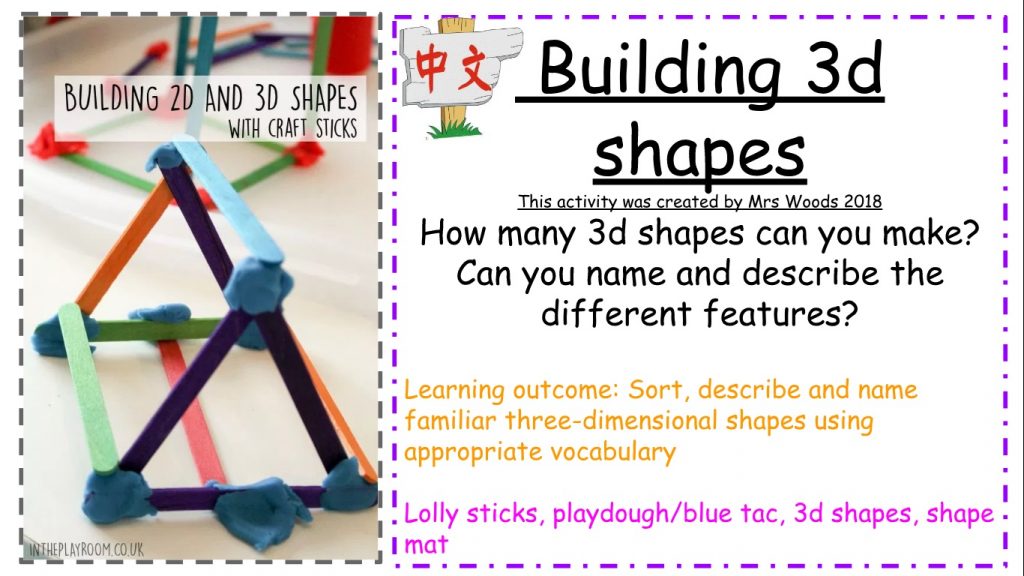
Diana Cheuk Man Choy, Lead Teacher Mandarin, Sha Tin Junior School, China
This article illustrates the learning journey of a Chinese team in embedding Chinese learning in inquiry play for year 1 Primary Years Programme (PYP) students through detailed discussion on the stages of planning, implementing, developing and evaluating play.
Play is an engaging and impactful means to drive inquiry. It also serves as a natural transdisciplinary link for students to make connections with a wide range of experiences. In a classroom for additional language learning, play provides the environment for students to explore language in different contexts and levels, and promotes student agency by encouraging voice, choice and ownership.
In the 2017-18 school year, our Chinese team has explored embedding Chinese learning through inquiry play for year 1 students. The aims are to enhance the learning motivations and outcomes of Chinese learning, and to promote transdisciplinary learning between Chinese and the units of inquiry.
Planning
With support from our curriculum lead teacher, we looked at relevant IB documents and research for additional language learning to develop a shared understanding of the rationale for play. Homeroom teachers opened their classrooms for us to walk through to see play in action. At the debrief we shared what we observed, talked about the learning which was taking place and possible ways of adapting it into the context of Chinese learning.
Questions and concerns were discussed openly during these meetings. At this stage, the challenge for teachers was more about the change of roles instead of the know-how. There was a worry among teachers that the reduction of structured lesson time would result in a drop of learning outcomes. As the lead teacher of the Chinese team, I collaborated with the curriculum lead teacher to revise our weekly plan for the year units of inquiry and highlight opportunities for learning through play. The weekly planning document was constantly referred to by teachers when planning.
Implementing
Inquiry play was implemented on Monday to Friday afternoons on week B (the 6th to 10th day of our 10-day cycle), with Friday week B scheduled as inquiry play in Chinese. Students selected play activities, such as role play, arts and crafts, bikes and trikes, water station, iPad station, sand station, Lego, etc. A few Chinese games such as character bowling, fishing game, etc were made available in the classrooms. Students had free choice of what play activity they want to do and how long they want to stay.
 Parent helpers played a significant role. Many of them are native Chinese speakers and they were invaluable resources to provide the language environment for immersion. Five different role play stations were set up in the five year 1 classrooms: hospital, restaurant, airport, school and veterinary clinic. Teachers, educational assistants and parents actively interacted with students in the role play stations, modelling the use of the language, introduce new vocabulary as the moment arises, and constantly monitoring and documenting students’ behaviour and outcomes.
Parent helpers played a significant role. Many of them are native Chinese speakers and they were invaluable resources to provide the language environment for immersion. Five different role play stations were set up in the five year 1 classrooms: hospital, restaurant, airport, school and veterinary clinic. Teachers, educational assistants and parents actively interacted with students in the role play stations, modelling the use of the language, introduce new vocabulary as the moment arises, and constantly monitoring and documenting students’ behaviour and outcomes.
 Developing
Developing
After each play session, the team met to share observations and stories of success. More student-initiated interactions and less adult-led conversations were observed, and we noticed more mature play behaviours such as turns taking and longer time span on each station. New ideas were brainstormed and experimented with: we started to play Chinese songs during play and at a later stage, we encouraged students to play all games in Chinese. Students talked about their creation, their thinking and imagination when engaging in different play activities and began to interact more with their peers in Chinese. It was pleasing to see the shift from choosing to play Chinese games to genuinely playing through Chinese.
 Evaluating
Evaluating
Students’ language attainment was constantly assessed and analyzed. Assessment data from last school year were compared; reading and writing levels were maintained, with a slight increase in speaking and listening scores. Attitude surveys were conducted for year 1 and 2 students with more positive attitudes reflected from year 1. In term 2, lead teachers of year 1, 2, 3 and Chinese conducted an instructional round in which we studied professional reading, recorded our observations, collated information and summed up a list of recommendations. The process guided our directions to develop and improve our play experiences next year.
Moving forward
Embedding Chinese in inquiry play will roll out to year 2 in the school year 2018-19. Home and family languages other than Chinese will also be encouraged. It will be exciting to see the development of play next year and how this will continue to impact on student learning.
—
References:
Curtis, D and Carter, M. 2013. The Art of Awareness: How Observation can Transform Your Teaching. Redleaf Press.
Malaguzzi, L. 1994. “Your Image of the Child: Where Teaching Begins”. Child Care Information Exchange. Vol 96. Pp 52-56.
Children do not automatically learn a second language. 8 July 2014. http://sciencenordic.com/children-do-not-automatically-learn-second-language
Early Years Education in the Primary Years Programme (PYP): Implementation Strategies and Programme Outcomes. April 2014. http://www.ibo.org/globalassets/publications/ib-research/pyp/pypearlyyearsfinalreport.pdf#
Diana Cheuk Man Choy is the Lead Teacher Mandarin of Sha Tin Junior School, English Schools Foundation in Hong Kong. She is an IB workshop leader and school visit team member, and has been teaching in PYP schools since 2007. She is passionate about exploring innovative practices in the teaching and learning of Chinese.

This was an extremely insightful blog post. I teach English as an additional language to Early Learners and use Role Play often. Student led role play, with the teacher’s contribution being observation and analysis of the play is something I would like to incorporate into my time with students.
This was insightful. I teach Mandarin as an additional language in Phnom Penh, Cambodia. I agree that play provides the environment for students to explore language in different contexts and levels, and promotes student agency by encouraging voice, choice and ownership. And when I incorporate games in Chinese learning, I found it also create a natural communication opportunities for student to speak the language.